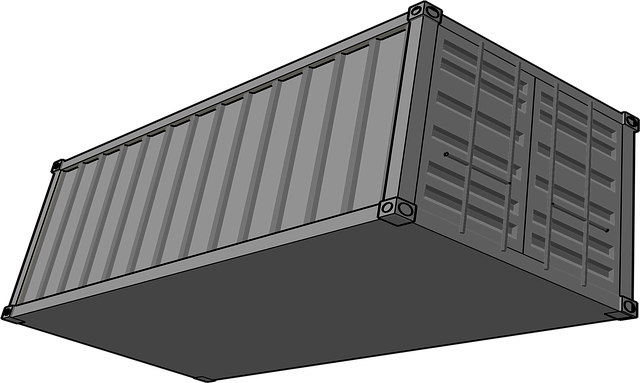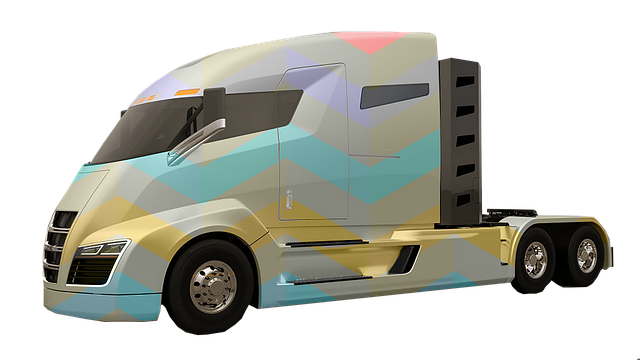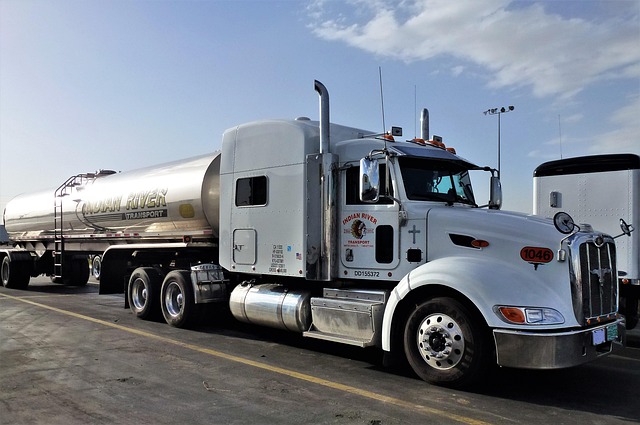Looking to register your car in California? Navigating the process can seem daunting, but with the right preparation, it doesn’t have to be. This comprehensive guide breaks down every step of the California car registration process, from understanding required documents to utilizing VIN verifier services for vehicle identification. Learn how to pay applicable fees and taxes, and finally, finalize your vehicle’s registration and plate issuance hassle-free.
- Understanding the California Car Registration Process
- Preparing Your Documents for Registration
- Using VIN Verifier Services in California
- Paying the Required Fees and Taxes
- Finalizing Your Vehicle's Registration and Plate Issuance
Understanding the California Car Registration Process

Understanding the California Car Registration Process is key to a smooth experience. It begins with gathering essential documents, including your vehicle’s registration certificate from the previous state, proof of insurance, and a completed Form DMV-123 (Application for Title and Registration). Next, you’ll need to pass a California safety inspection, which can often be done at a certified mobile vin inspector or local repair shop. These professionals conduct thorough examinations to ensure your vehicle meets all state safety standards, utilizing advanced tools like a mobile vin verifier to check the Vehicle Identification Number (VIN) for any discrepancies.
Once inspections are complete and documents are in order, you can visit a California Department of Motor Vehicles (DMV) office or use their online services to finalize registration. This involves submitting your paperwork, paying the required fees, and receiving your new California vehicle registration plates. Properly registering your car not only complies with state laws but also ensures your vehicle is legally recognized on California roads, providing benefits like insurance coverage and access to public highways.
Preparing Your Documents for Registration

Before you start the registration process, it’s crucial to prepare your documents, as this will streamline the procedure and ensure a smoother experience at the DMV. One essential step is to get your Vehicle Identification Number (VIN) verified. You can do this using a mobile VIN verifier, which provides a quick and convenient way to check the vehicle’s history. This service allows you to input your VIN and access detailed information about the car’s past, including any accidents or outstanding issues.
Additionally, gather all necessary paperwork, such as proof of ownership, insurance documents, and identification. A mobile VIN inspection can also be beneficial, ensuring that your vehicle is in good condition and helping to avoid potential red flags during the registration. By being organized and utilizing these digital tools, you’ll make the car registration process in California more efficient.
Using VIN Verifier Services in California

In California, using a VIN verifier service can streamline the car registration process. Many services offer mobile vin inspection and verification options, allowing you to check a vehicle’s history from the comfort of your location. This is particularly useful when purchasing a used car, as it helps ensure that the vehicle hasn’t been reported stolen, has no outstanding loans, and meets safety standards.
These services utilize advanced technology to cross-reference the Vehicle Identification Number (VIN) with vast databases, providing you with an accurate and comprehensive vehicle history report. This information can include details about previous owners, maintenance records, accident histories, and even odometer rollbacks. By utilizing a VIN verifier in California, you gain peace of mind knowing that your new (or potential) vehicle has a clean record and meets all legal requirements for registration.
Paying the Required Fees and Taxes

When registering your car in California, preparing for the process involves understanding and paying the necessary fees and taxes. The state requires a combination of registration fees, vehicle mileage fees, and various taxes, including sales tax and car tax. One crucial step is ensuring your Vehicle Identification Number (VIN) is accurately verified by utilizing services like a VIN verifier. This process helps in cross-referencing critical information about your vehicle with official databases.
To facilitate this, you can opt for a mobile VIN inspection or verification service, which offers convenience and saves time. These services allow you to get the necessary checks done right from your location, ensuring all your documentation is in order before proceeding with registration. This attention to detail and adherence to regulations are essential steps in smoothly registering your car in California.
Finalizing Your Vehicle's Registration and Plate Issuance

Once you’ve completed the registration application process, the next step is finalizing your vehicle’s registration and plate issuance. This involves a crucial check using a mobile VIN verifier to ensure the Vehicle Identification Number (VIN) on the car matches the information provided in the registration documents. By utilizing a mobile VIN verification service or conducting a physical VIN inspection, you can confirm that the year, make, model, and other details are accurate, which is essential for legal compliance.
After this validation, the California Department of Motor Vehicles (DMV) will process your application. This typically involves issuing new license plates, which will be attached to your vehicle by a DMV-approved installer. Ensure that all documentation, including proof of insurance and any additional fees, is in order to avoid delays or complications during plate issuance.
Registering a car in California involves several steps, from understanding the process to gathering essential documents and paying fees. By utilizing VIN verifier services to check your vehicle’s history, you can ensure a smoother registration experience. Once prepared, proceed with finalizing the registration and plate issuance, ensuring your vehicle is legally registered and ready for California’s roads.
